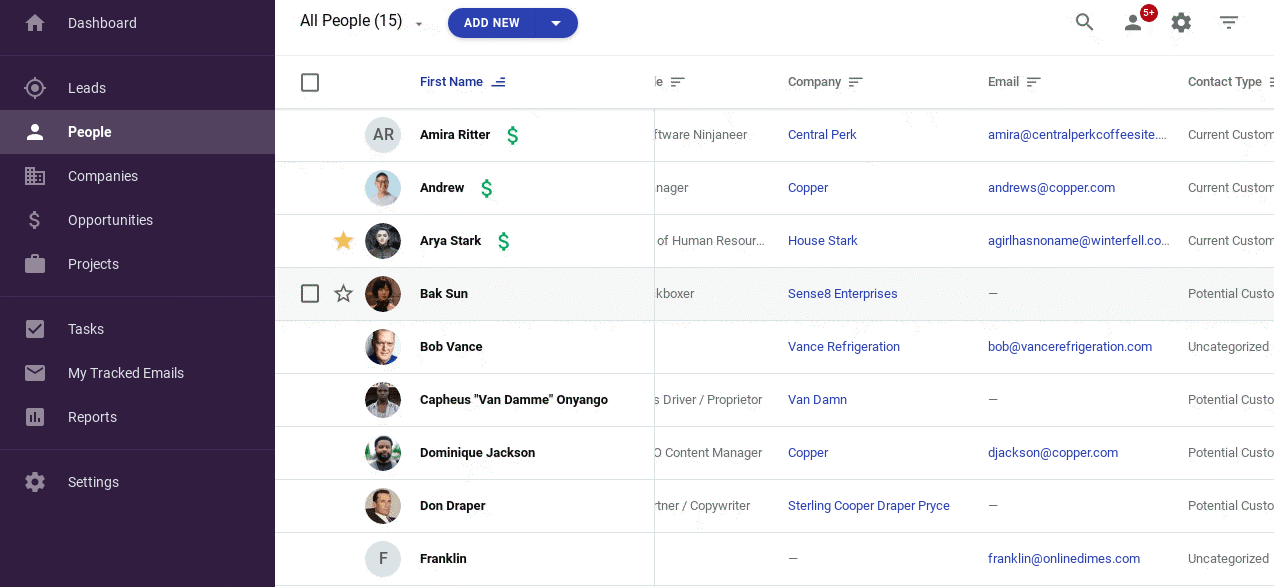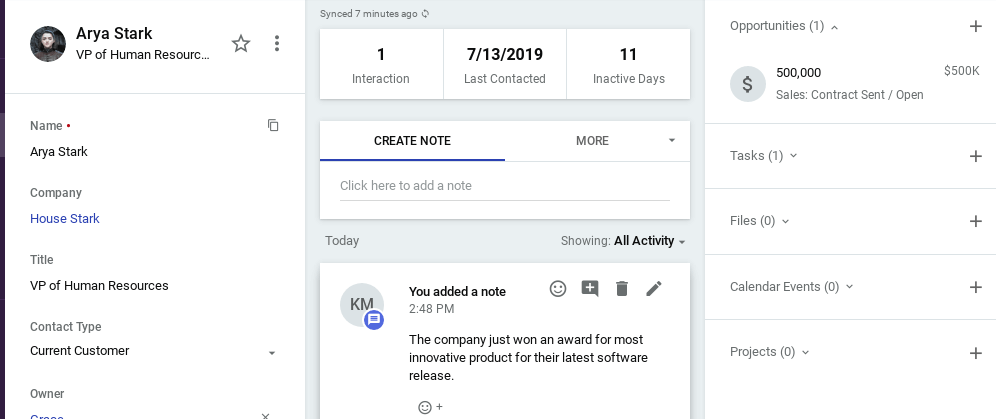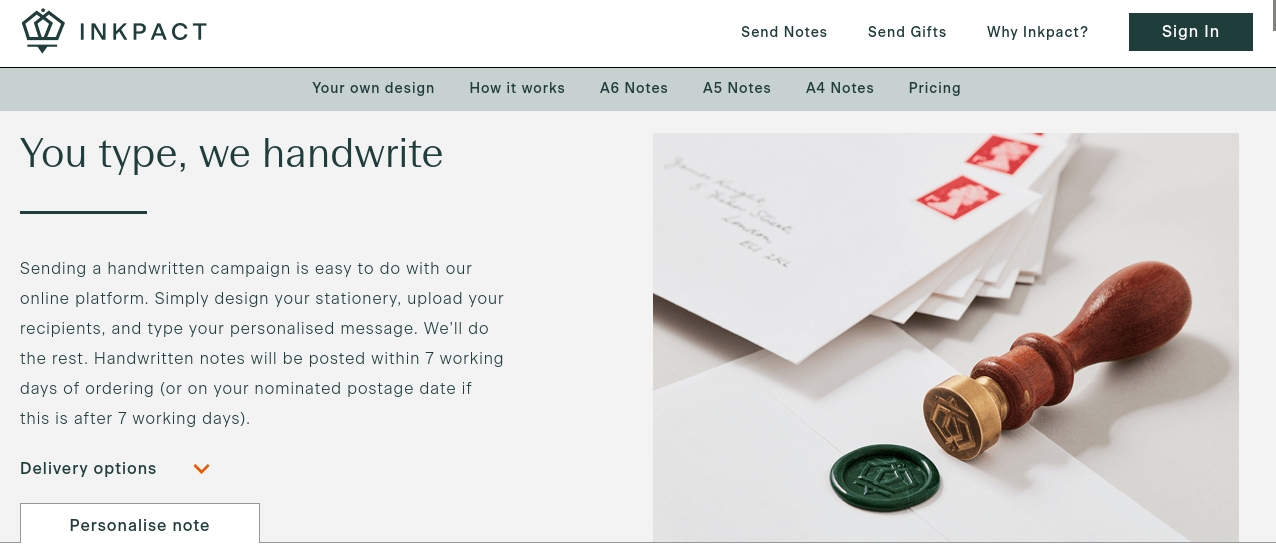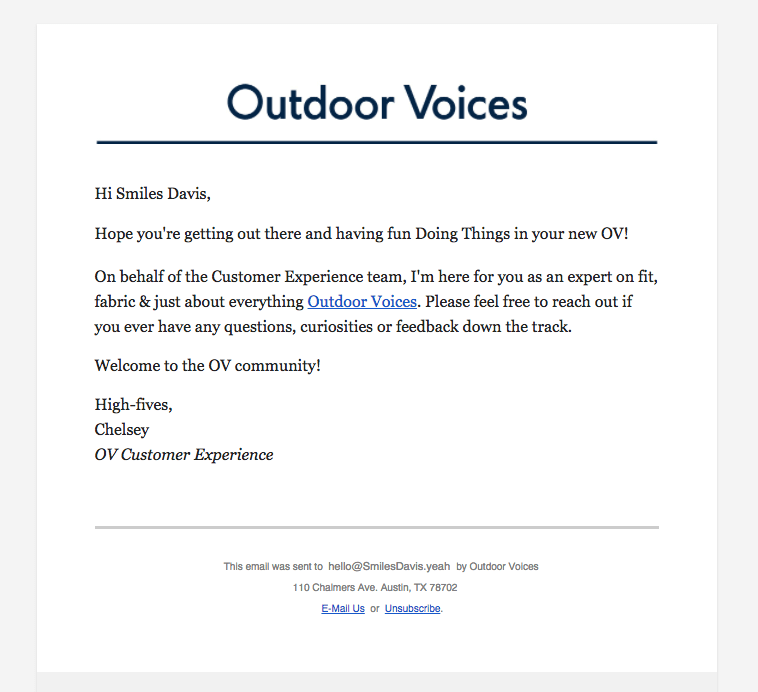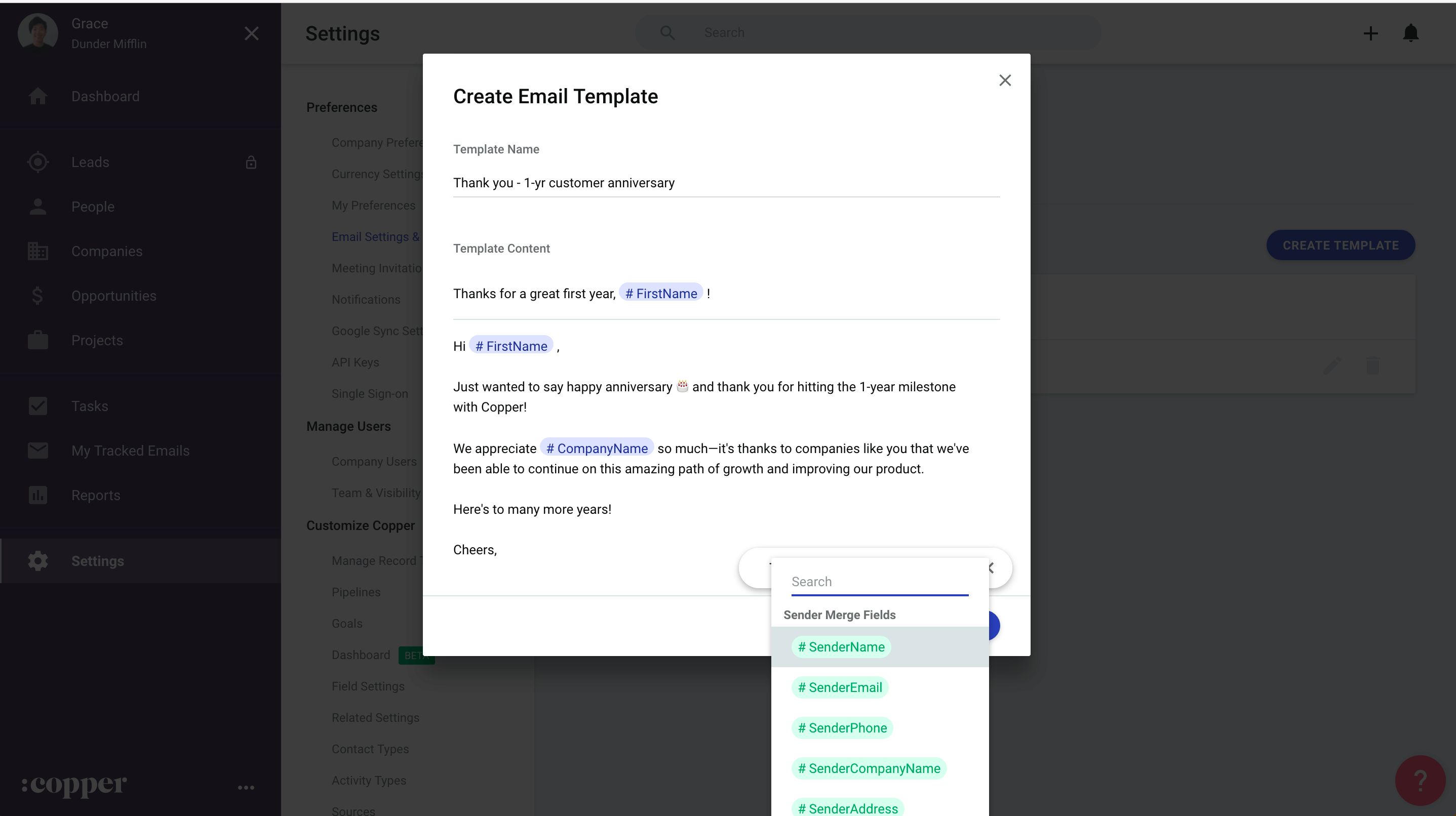What are customer service scenarios?
Customer service scenarios are difficult situations that you’re likely to encounter as a support professional. You may encounter these scenarios while working, or you may be quizzed on how you would handle them while interviewing for a new job.
Some of these scenarios can be quite hectic to deal with when they arise, and that’s where a little preparedness goes a long way. Below are a handful of troublesome scenarios you may come across, plus some guidance on how to handle them.
If you’re looking to train new team members, engage in role-playing as a group, or just improve your own ability to handle tricky customers and situations like a pro, consider these flexible scripts for the 12 most challenging customer support scenarios.
. You don’t know the answer
You shouldn’t beat yourself up for not knowing an answer. After all, a support rep’s responsibility is to have the tenacity to make things right, not to be perfect (especially if you’re new).
The mistake many support reps make, however, is in using the knee-jerk “I don’t know” response, which doesn’t help the customer. Customers may be sympathetic that you don’t know, but they’re not interested in hearing about it.
Instead, try the following:
Placing the emphasis on the customer’s needs over your own situation (“I don’t know,” “I’m new here,” etc.) lets them know that it doesn’t matter that you don’t know the answer because you’re going to do whatever it takes to find out for them.
2. An item isn’t available
No ecommerce store owner or support champion likes to tell a customer that an item isn’t currently available. Fortunately, there is a much better way to go about it.
One of the most important skills in interacting with customers is the use of positive language to help avoid accidental knee-jerk reactions.
Here’s an example: Let’s say a customer contacts you with interest in a particular product, but that product happens to be back-ordered until next month.
- Without positive language: “I can’t get you that product until next month; it is back-ordered and unavailable at this time.”
- With positive language: “That product will actually be available next month. I can place the order for you right now and make sure that it is sent to you as soon as it reaches our warehouse!”
Positive language replaces negative phrases (“I can’t…”) and instead places emphasis on the solution, which is what the customer actually cares about.
Try finding places in your response where a lot of negative language is present (“We don’t do that”) and see where positive language can be substituted.
3. You need to transfer the customer
There isn’t a single consumer out there who likes hearing, “Please hold while we transfer you. Your call is very important to us.”
The problem is that sometimes you do need to transfer customers in order to better help them. But many businesses don’t seek to help customers understand why they are being transferred.
Here’s a typical unappealing response some reps use to transfer people:
“My apologies, but I’m going to have to transfer your call to Department XYZ.”
As a customer, my gut reaction to this response is to believe that the wheel of misfortune has begun, and I’m going to get passed around and treated like another hassle.
Imagine using this language instead:
Hearing that I’m being sent to the resident expert — and knowing that the rep who is sending me has my problem in mind — is much more reassuring than the vague “sorry, you’re getting transferred” response that most companies use.
Few customers will jump for joy because of a transferred call no matter how you handle it, but it’s better to assure them that the action was taken in their favor in order to solve their current problem.
4. You have to tell the customer no
Customers can often have some valuable insights on how your product is used and how it could be improved, but your product’s vision is your responsibility. Thus, the final call is up to you.
If it’s very obvious that a feature a customer requested won’t make the cut, you have to be able to tell them so. Saying, “We’ll take a look!” gives false hope that can end up with a customer checking in weeks later only to be disappointed again.
The truth is, you don’t need to be worried about a mass exodus of customers just because you regularly say “no” to many product features.
Here is some sample language we might use at Help Scout to tell customers a feature just isn’t the right fit:
If you’re using a simple feedback system like Trello to keep track of past requests, adding an email is easy, so if your stance on a certain feature does change in the future, it becomes a simple process to notify customers via email.
5. The customer wants you to bend the rules
Most requests from customers are reasonable, and every effort should be made to make them happy.
Bob Farrell describes this as “giving them the pickle,” a phrase which refers to a letter he received from an unhappy customer who wasn’t able to get an extra pickle for his hamburger. Fulfilling a small request can often leave a positive impact on a customer, which is why it’s almost always worth it to just “give them the pickle.”
But what about requests that you truly cannot say yes to?
I can give you a very candid story of when this really mattered to me: I was checking in to a hotel with a few of my friends, one of whom had a severe allergy to cats. I vividly remember watching a couple plead with the front desk employee to let their cat stay (the policy was “No Pets”).
If the front desk employee had given in to their request, he would have (unknowingly) made our group upset, trading one potentially unhappy customer for an even bigger problem.
I remember being impressed with how he handled the situation, and I’ll paraphrase his response below:
It was a stellar response to a pretty wacky request; after all, pet owners should know to check a hotel’s pet policy before booking a room.
Remember that a customer’s perception of your service quality is greatly affected by how attentive, thoughtful, and sincere you are. In an awkward scenario where you simply have to refuse a request, showcasing your empathy and willingness to find an alternative is one of the best ways to lessen the sting of saying no.
6. The customer asks you to override security policies
Support professionals’ natural inclinations to help can leave team members open to social engineering if they aren’t careful. For example, if your product has different permissions that deal with security or payment responsibilities, you may have customers who ask you to switch their roles or transfer account ownership.
You’ll want to assist right away. You might even hear, “Please, we need this right now!” Hold steady. You’ll need approval from the current account owner.
Let the requestor know you’ll need approval from the account owner with a response like this:
Email the account owner (separately so the reply can’t be spoofed), and don’t copy the original requestor. When the owner responds, check to make sure the original message you sent is included in the reply.
You may still run into something like, “But the account owner is on vacation/has been fired/is very busy and important!”
For these situations, it helps to have a policy you can point to on your website. That way, they know you’re not being obstinate; rather, you’re serious about security and unable to make exceptions. That isn’t always easy for people to stomach, but you still have to do the right thing.
7. The customer received a defective product
Having a purchase come up short is disheartening from the customer’s perspective. I’m sure we’ve all run into this scenario: After finally convincing ourselves to pull the trigger on a purchase, we wait with excitement until it’s delivered … only to have it arrive broken.
We all internally recognize that even great companies can’t build and ship everything perfectly, but it’s so frustrating to be the person on the receiving end of a dud.
Showing empathy for the customer’s situation becomes important, followed by an immediate explanation of how you’re going to fix the situation. Consider the following example:
This script completes three important objectives: It empathizes with the customer’s frustrating experience, it explains what the problem might be (instead of having a customer assume you make bad products), and it offers a clear and immediate solution.
Depending on what you sell and how you conduct business, you might also add, “or should I send you a full refund?” Either way, know that in this situation, it’s the ability to relate with a customer that counts.
8. The customer is extremely angry
Support champions are often required to act as lightning rods, to take the brunt of an emotional, angry customer despite the fact that it is not their fault.
Sometimes, this anger from customers is unjustified; other times, they have a cause for their actions. Either way, it’s often quite hard to win back an extremely angry customer.
However, the smart folks at Telephone Doctor have a great system called “ASAP” for dealing with the most difficult of customers:
- Apologize sincerely: “I’m sorry” is a mandatory response in these situations, even if it isn’t your fault. Consider your “I’m truly sorry about that” as a personal apology to the customer that the experience wasn’t up to their expectations — not that you are to blame.
- Sympathize: Many times, angry customers are just as interested (if not more interested) in hearing that someone empathizes with their situation over getting the actual problem fixed. Even if you cannot understand why a customer is so angry, you can imagine how you’d like to be treated if you happened to be that upset. Even small phrases like “I understand how upsetting that must have been” can have an impact on getting the customer to realize that you’re on their team in this pursuit to make things right.
- Accept responsibility: As the ambassador of your company, you accept responsibility for the customer’s unhappiness. Again, this doesn’t make you at fault — and it doesn’t give the customer leeway to demand whatever they want — but it does give them someone to talk to instead of being angry at a faceless company.
- Prepare to help: With angry customers, the actual “fix” tends to take up a small portion of the entire support process. Placing a replacement order likely takes you very little time, but that fix doesn’t address the underlying problem of the customer’s frustration and unhappiness. These emotional fixes are often the most important element: refunding someone may take you 15 seconds, but did you make sure enough time was spent trying to help them calm down and leave happy?
It’s hard to come up with a perfect solution for a customer in this state, and know that even if you handle things perfectly, some people simply cannot be appeased. But don’t let that stop you from making your best effort.
9. You’re in the wrong
Whoops! Say a bug deletes some of a user’s settings or your site is under a DDoS attack. Excessive technical details won’t placate many customers or make the inability to use your product or access your site any less annoying. Instead:
- apologize outright
- explain the game plan
- let them know how you’ll be in touch
- follow up when it’s fixed
A few years ago, Help Scout faced some uncharacteristic downtime. It was a terrible feeling, but we knew we couldn’t just stick our heads in the sand and hope people wouldn’t notice. We sent our customers the following email:
Hello friend,
Help Scout had two notable status events this week, resulting in roughly 51 minutes of downtime. Considering our track record and only 61 minutes of downtime in the last year, this week's performance was disappointing for our whole team.
I'm writing you this note to apologize for such a poor experience. We understand how critical it is for Help Scout to be up and running at all times and we take that responsibility very seriously.
We learned a lot from the challenges this week and feel very confident in our ability to prevent them from repeating. We'll get to work on improvements right away. In the meantime I hope you have a great weekend!
Nick Francis
Co-founder at Help Scout
We were touched by how understanding people were. Nearly all the replies we received were along the lines of “That’s okay, folks; we know how it goes sometimes! Keep up the great work!”
When you own up to your mistakes, follow up promptly, and take steps to ensure it doesn’t happen again. You’ll find your customers can be a forgiving bunch.
10. The customer asks to speak to a manager
If you messed up, pass the conversation on with context to the team lead, and you’ll both figure it out from there. Mistakes happen.
The buck should stop with you, however, if a customer requests “the manager” just to get around an accurate, honest response. When you’re acting with certainty, speak with kind authority:
If they don’t drop it, well, that’s what team leads are for. I’ve also seen it work where one team member hands off the conversation to another who reiterates the message in different words: “I’m afraid June is right — we currently don’t have a feasible workaround. I’m so sorry about that!”
Often, a second opinion is enough to convince the customer there’s nothing more to be done.
11. The customer asks for a refund you can't provide
Something went wrong and now a customer is asking for a refund. Say a bug deletes some of a user’s settings, and you’ve never seen this happen before.
The team determines that a refund as not the right response for this situation. You’ll run into those instances, and problems aren’t always fixed with freebies — even when someone asks. Try responding like this:
Offering some of your time is a fair exchange for a small glitch. Be polite but firm that you’re unable to offer financial compensation — but you’re ready to make things right through any alternatives available.
12. The customer is abusive
An abusive customer and an angry customer are not the same thing. An abusive customer is someone who has clearly crossed the line and is mistreating you.
Shut it down, no exceptions. But don’t lose your cool; you must notify leadership so they can commit to a swift, immediate action. Loop someone else in — a support lead or other team leadership. Do not handle this situation yourself.
The leader should cancel the account and tell the customer not to contact you or anyone else on your team again:
This is Cynthia Kapa, CEO.
I’m stepping in to let you know I’ve followed this conversation since the beginning. Given how it’s played out, it’s best that we part ways. The members of my team deserve to be treated with respect, and I haven’t seen that in this exchange.
I’ve canceled your account and refunded you for the rest of the month. You will not be able to reactivate the account.
Cynthia
Nobody enjoys these situations. They’re a mess. But the chances of not running into something similar over years or decades of experience is slim, so be prepared.
Closing conversations with challenging customers
One of my favorite tips for dealing with customers is to make sure that you always “close” a conversation. This has everything to do with making sure the conversation with a customer is complete.
This is relevant here because the average business only hears from 4% of its dissatisfied customers. Don’t add to that harrowing statistic by leaving people you’ve helped with an unsolved dilemma.
Your willingness to ensure a customer is leaving perfectly happy shows them three important things:
- You care about getting it right.
- You’re willing to keep going until you get it right.
- The customer is the one who determines what “right” is.
Try ending your conversation with a phrase like the following:
Believe it or not, there are some people who might walk away with another problem if they aren’t asked about it. Adding “I’m happy to help” is a very small gesture you can make that has a big impact. It shows the customer that asking for another favor isn’t being a burden; in fact, you’d be happy to do it.
And in some cases, this gesture is even what prompts the customer to leave a positive review.





